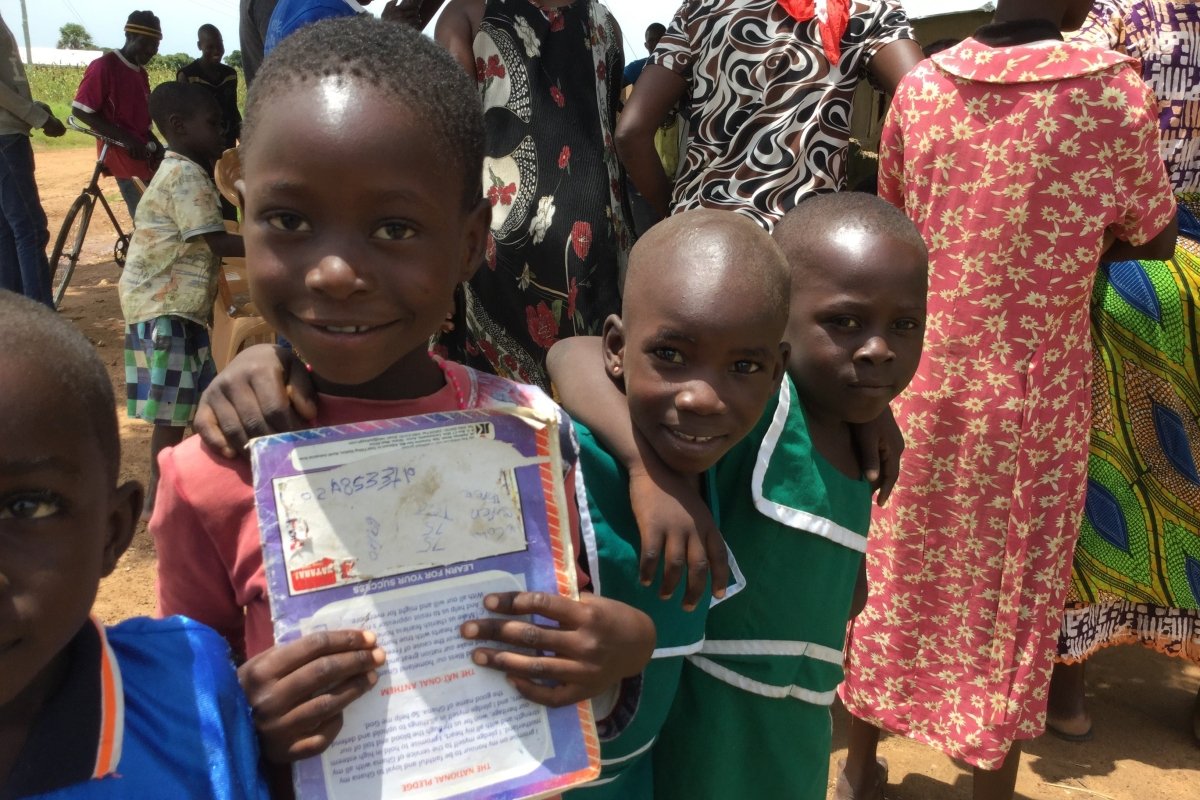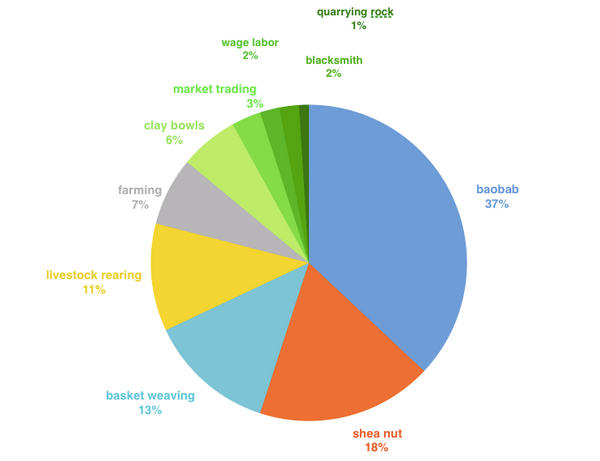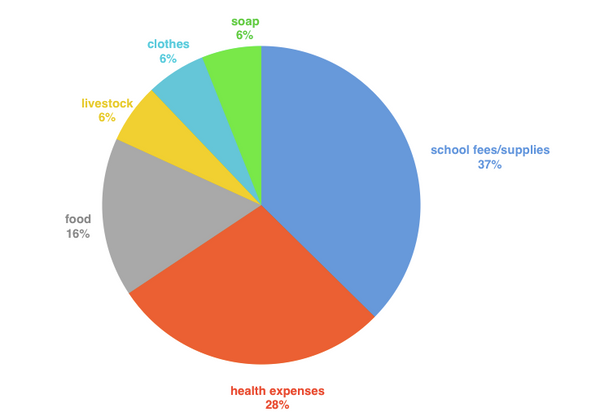KAIBAE Impact Report: Making an Impact Beyond Our Wildest Dreams

KAIBAE began out of a love for wild plants and a commitment to their stewardship. Ten years ago, we connected with local communities to learn about their needs and discuss developing a supply chain to harvest the baobab fruit. Since these first meetings, KAIBAE has created lasting partnerships and supply chains that both generate sustainable livelihoods and promote stewardship of these incredible trees.
We are excited to share that KAIBAE is making an impact above and beyond what we imagined possible at the beginning of this journey.

In 2012, KAIBAE began a baobab supply chain in the Upper East region of Ghana, in direct partnership with local communities. Prior to this time baobab had been historically consumed or used primarily at a household level, with occasional scattered sales of artisanal baobab ‘candies’ in local markets. Over the last eight years KAIBAE and its local partner, Green Action have bought 75 metric tons of baobab fruit powder, baobab seed oil, baobab seed meal, and baobab leaves. The development of these supply chains has impacted the lives of close to one thousand community members in Northern Ghana and has helped to create a vibrant market for baobab in the region and internationally.
In February 2020, KAIBAE undertook a participatory impact assessment to better understand the impact of baobab harvesting and sales for its partner communities in Upper East region, Ghana. Using a series of participatory rural appraisal (PRA) methodologies, derived from the Participatory Impact Assessment Design Guide published by the Feinstein International Center at Tufts University, the KAIBAE team interviewed fruit harvesters across three separate communities in the region. While 85% of all baobab harvesters are women, each of the three group interviews had an even mix of female and male participants. A total of 67 participants took part.


During each meeting the same set of participatory questions were discussed with the groups to better understand important historical and community information.
Key topics included:
- Community timeline (historical events in the area, year of first baobab income…)
- Seasonal calendar
- Rainy season
- Dry season
- Cropping seasons
- Lean/hunger period
After gathering this information each group was asked to list all of the different sources of income members of their communities earn across an entire year, including during both the dry and rain periods.
Total list from all three groups:
- Basket weaving
- Shea nut harvesting and processing
- Baobab fruit harvesting
- Making clay bowls
- Quarrying rocks
- Farming
- Livestock rearing
- Day/wage labor
- Blacksmithing
- Market trading

A proportional piling PRA technique was then used to allow the group members to define the relative importance of each of these income sources to their households. The method started with each group collectively having 100 counters, in this case small stones. This means that the results can easily be converted into percentages. The method does not ask for the group to count out the number of physical counters for each item, but more to distribute the counters to show a visual pattern that illustrates the relative importance of each item. In this case the group was asked to spread the stones across all of the sources of income (illustrated on cards to represent the income sources) and rank them by perceived importance. The results are shown in the graphic below. What it clearly demonstrates is that the baobab harvest is the most important source of income across all of the communities, twice as important as income from shea harvesting and processing which has traditionally been their most importance source of income.
Primary Income Sources

Group members were then asked to list out and describe the types of items or services this greater income from baobab helps to support at the household level.
Impact indicators defined by the community members themselves include:
- Purchasing school supplies and paying school fees
- Paying health expenses
- Buying food
- Purchasing livestock
- Buying clothes
- Buying soap


The same proportional piling techniques were then used to rank these benefits derived from baobab in order of importance to their households. As can clearly be seen in the graph below, this income plays a significant role in helping to pay school fees and purchase school supplies, pay for health expenses and to buy food.
Primary Uses of Baobab of Income

Thank you for supporting KAIBAE! It's our communities around the world that inspire us everyday to pursue our work and create a lasting impact for people and the planet.















